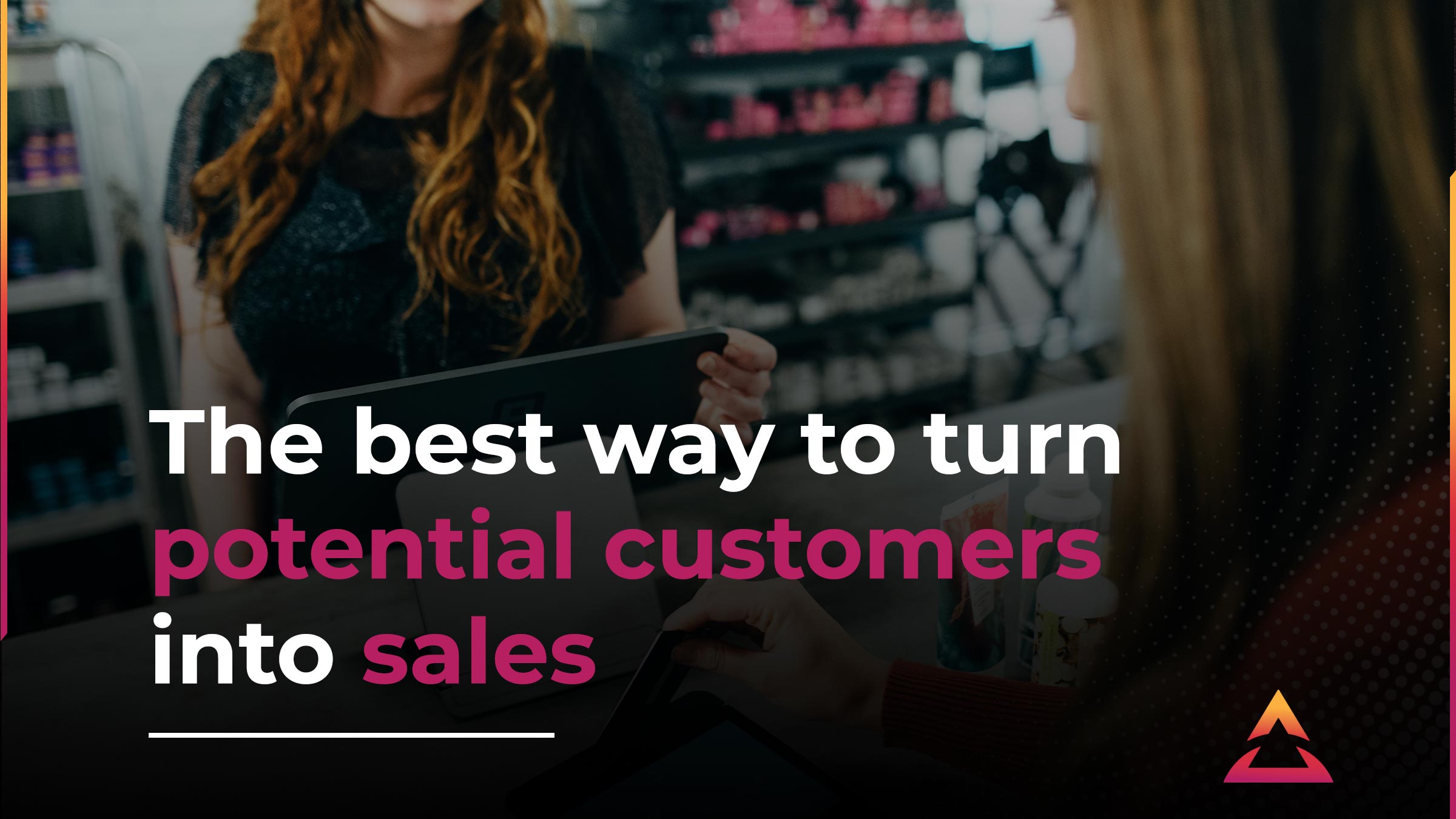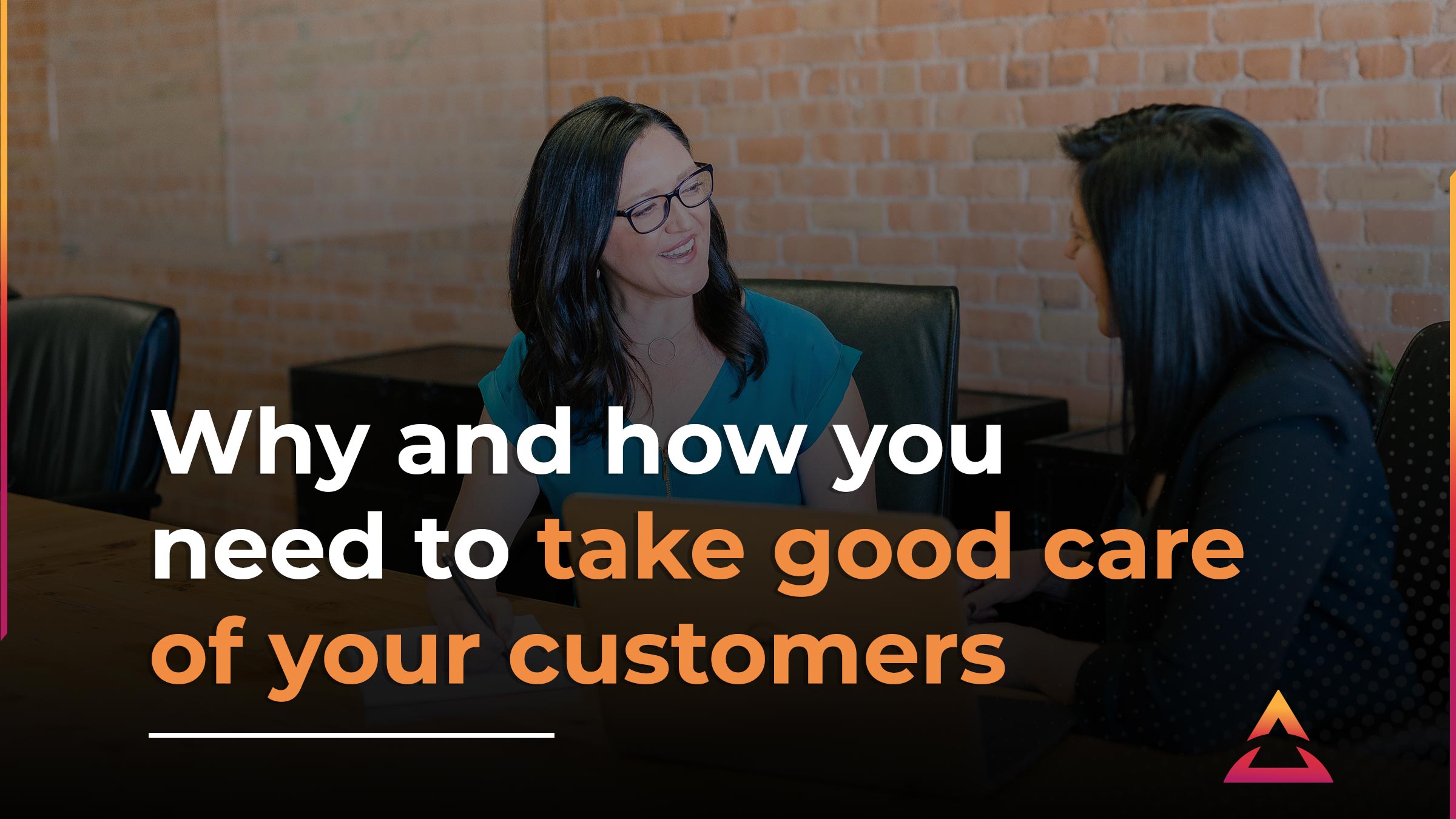
If you put a lot of work into acquiring a lead, or potential customer, but are struggling to close the deal, then you’ve got lost sales and lost revenue. Learning the art of closing a sale is a skill we can teach you at The Entourage. This article will explain some popular sales closing techniques and some advice on how to do sales better.
Through learning how to understand your customers, where they are on the sales funnel and then knowing what technique or sales process would work on them to seal the deal, your confidence will soar, and so will your revenue!
What is sales closing?
Sales closing is a technique used to have your customers agree to your terms, and agree to pay you for goods or services. You have told them all about what you can provide them, how you can help them, and how your company can solve their problems. Now you need them to say yes, and you’ve closed the sale. But getting them to say yes can sometimes be, and often is, the hardest step.
Sales closing techniques
When it comes to the steps to close a sale, you won't find that one size fits all. You will need to understand different techniques to close sales with different personalities.
Some people are easy to sell to, want to know the solution, the price, and then they're ready to go. Others need to test drive and have a free trial, before they’re convinced to buy. For online businesses, it could be easiest to capture someone when there's a sale or during the holiday season.
Get yourself familiar with these techniques and recognise when you’d need them and how you might be able to amend them for your business.
Assumptive close
This is an arrogant and risky close to try. The salesperson assumes they’ve got the sale done from the moment they start. You check in with the customer, gauging where they are in the sales cycle, but you know you’ll land them in the end.
It is a confident move and works best when you’ve established a relationship with the customer. If you are cold calling or have no relationship with the potential customer, this close may not work at all.
Puppy dog close
This close technique is called the puppy dog close based on the idea that if you go into a pet shop, hold and pet a puppy dog, you cannot say no, and will have to buy it.
This is the try-before-you-buy method. Give the customer two weeks to try your new product, then check in with them. Could they survive if you took the item away from them? No? Excellent, get them started then.
If you’re unable to offer a free trial or demo, then this technique will not work for you.
Scale close
You can measure the temperature of a customer on how warm they are to your proposal, or you can take a measure of how much stress they’re under, and how much you can help.
On a scale of 1 to 10, how interested are you in what my product can solve for you?
This can give you great feedback on how your sales pitch is going, and how much a customer can see themselves using your products or service to solve their problem.
Scarcity close
People respond to scarcity and the Fear Of Missing Out. Give the potential customer a great deal, but you can only hold the product at that price or offer or even quantity for twenty minutes.
Tell them there's only three left, and they have to get in quick to miss out.
You can also win a customer over by saying you’ll ‘hold the last item’, just for them, if they buy.
Takeaway close
You give your customer a limited amount of time to take the deal, or you’ll take it away from them.
Related to the scarcity close, with that fear of missing out, this is good to use when they ask for a discount. Sure, you can have 20% off, but only for today, otherwise, no.
Summary close
Go through all the terms and conditions you’ve discussed and agreed to. Remind the customer what great value they’re getting, the delivery and after-sales service they'll receive, all of that.
This helps remind customers of the total package they’re getting from you. Back this up by emailing them later that day with all of that in writing, and this becomes a powerful close.
How to become better at sales?
Is knowing a range of closing techniques enough? The short answer is no. The way to sell better is to understand the entire customer journey, who they are, where they are in your sales funnel, and much more.
Know the customer
Not everyone in the world is your customer. You need to know your target audience. Who is it that you can help? Who would most benefit from your product or service? What problems are you solving, and who has these problems?
This step not only saves you time from talking to people who aren't interested in what you are selling, but it can also help you close the deal. If you’re talking to people you know need you, it’s easier to sell to them.
Know the objections
Understand what puts people off. This can refer to both what you’re selling, and how you’re going about it.
Do people object to pushy salespeople? Then don’t go for the hard sell. Try the puppy dog method with them. Let these people convince themselves.
Is the objection around money? Then discuss value, discuss time saved is money saved.
Don’t try and convince people to overcome their objections. It is easier to go around them and work another angle.
Know the decision maker
You want your sales pitch to be effective and have an immediate impact. If you’re not talking to the person who will make the decision to buy, then you’re wasting your time.
Would you like to speak to the front desk? Or would you rather be speaking to the General Manager, CEO or business owner?
Often the decision makers are also the ones who are keenly aware of what problems need your solution.
Know when to fold them
Just like Kenny Rogers said, you need to know when to fold them. You won’t land every sale, and if you push too much, you could turn someone against you.
Just because someone isn’t buying from you now doesn't mean they won’t be ready sometime in the future. So when you start to get that resistance to your sales pitch, don’t be afraid to back off, and promise to check in on them at a later date.
Sales mistakes you should avoid
There are some common sales mistakes you should be aware of so you don't stumble into them.
Going for the hard close
This advice asks you to remember what it's like to be standing on the other side of the pitch. Do you like people who are pushing for the sale and won't leave you alone unless you say yes?
While there are techniques you can use to try and turn a ‘no’ into a ‘yes’, if there is resistance, ease off. Don’t go hard. Some people are not ready to buy right now, but would be open to buying later. If you go too hard, you’ll alienate them, and ruin the chance for a sale further down the line.
Not asking for the sale
This might sound counter-intuitive considering some advice we’ve given you here like - don’t be pushy, know when to fold them. However, if you’ve set up your case and given all these great solutions to the person’s problems, why not ask? Ask if you can put the paperwork through right now and get the wheels in motion.
Often, if you leave a person to think too long, they’ll lean towards a 'no' answer. But if you ask, that can prompt them to reply ‘yes’.
Humans are programmed to answer questions, and often we like to respond yes to polite requests.
Only closing at the end
Be prepared to close the sale at any point in your pitch. If you’ve convinced someone after five minutes and they want to say yes, then let them. If you continue, it may appear that you’re being condescending, or wasting their time, and could turn a ‘yes’ into a weary ‘no’.
What's next for your sales training?
Being good at sales is both natural talent and a learned skill. The Entourage provides business coaching and training to help business owners like yourself get a head start on your improving the sales in your business. Our coaches and experts can give you the different methods to perfecting your sales process and how to better close your prospects, whether it's through a sales team or on your website.
Claim your free business coaching session today to discover how we might be able to accelerate your growth and elevate your business to the next level.
Related Posts
Join the movement.
Your Entourage journey starts here. Join Australia's largest community of over 500,000 business owners and entrepreneurs, and receive instant access to exclusive content and updates delivered straight to your inbox.




